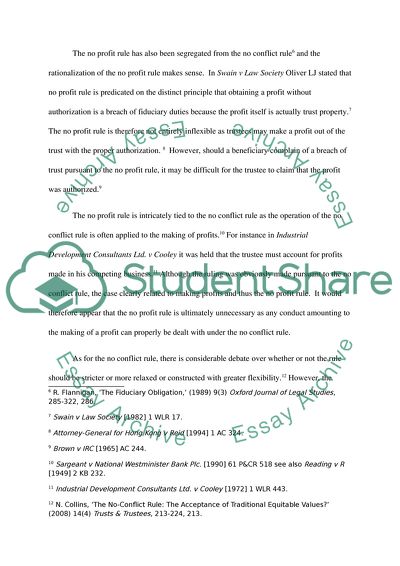Cite this document
(The Law of Equity and Trusts Essay Example | Topics and Well Written Essays - 2000 words - 2, n.d.)
The Law of Equity and Trusts Essay Example | Topics and Well Written Essays - 2000 words - 2. https://studentshare.org/law/1773408-equity-and-trust
The Law of Equity and Trusts Essay Example | Topics and Well Written Essays - 2000 words - 2. https://studentshare.org/law/1773408-equity-and-trust
(The Law of Equity and Trusts Essay Example | Topics and Well Written Essays - 2000 Words - 2)
The Law of Equity and Trusts Essay Example | Topics and Well Written Essays - 2000 Words - 2. https://studentshare.org/law/1773408-equity-and-trust.
The Law of Equity and Trusts Essay Example | Topics and Well Written Essays - 2000 Words - 2. https://studentshare.org/law/1773408-equity-and-trust.
“The Law of Equity and Trusts Essay Example | Topics and Well Written Essays - 2000 Words - 2”. https://studentshare.org/law/1773408-equity-and-trust.


